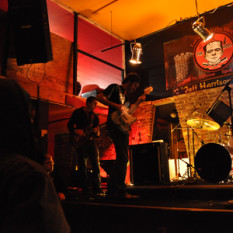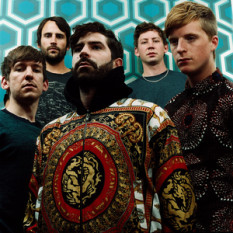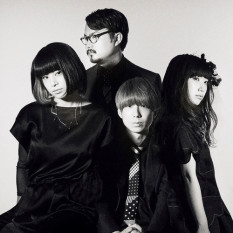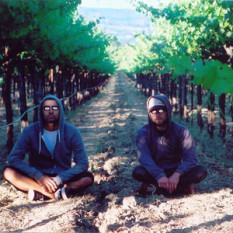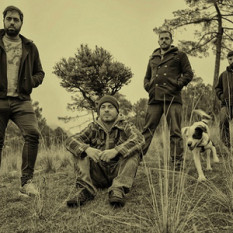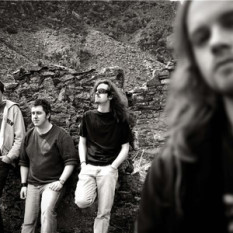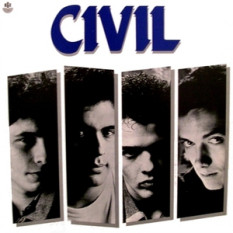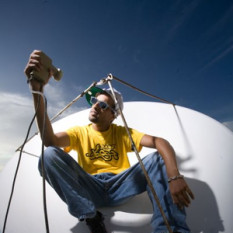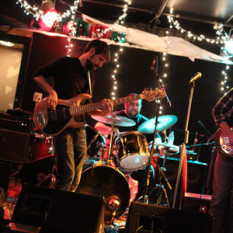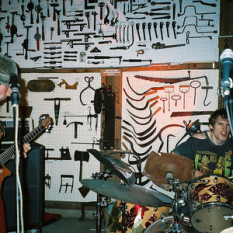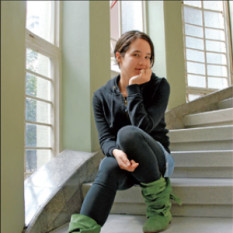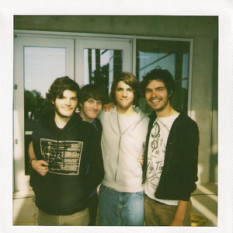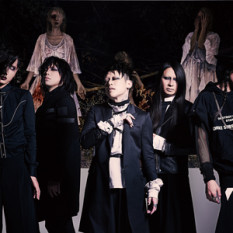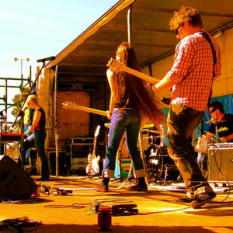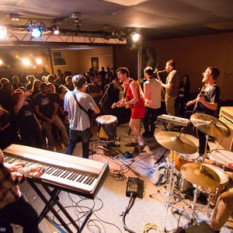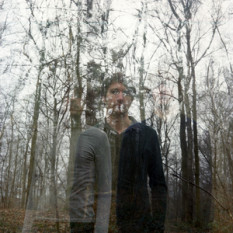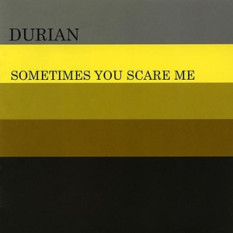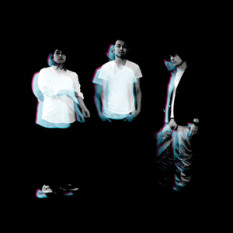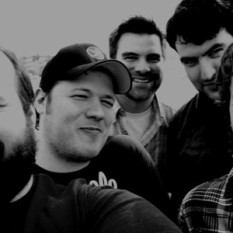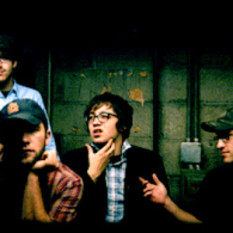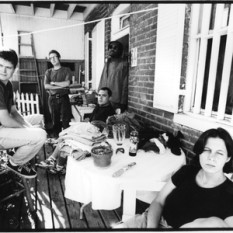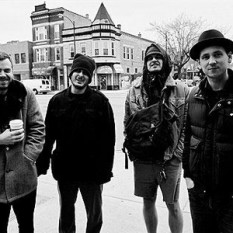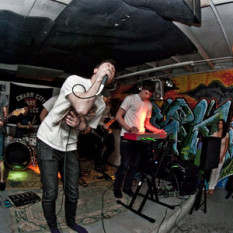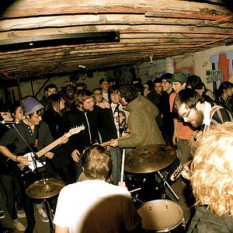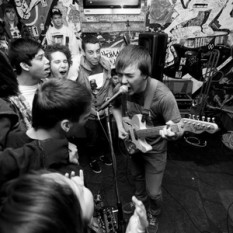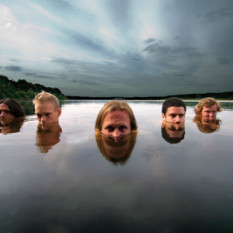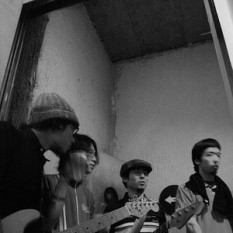Math rock is a rhythmically complex guitar-based style of experimental rock that emerged in the 1980s. It is characterized by complex, atypical rhythmic structures (including irregular stopping and starting), angular melodies, and dissonant chords.
It shares its place of origin in the late 80s underground music scene.
Math rock concentrated on angular melodies, atypical time signatures, start-stop rhythms, and dissonance, while staying closer to rock music in sound and instrumentation.
Whereas most rock music uses a basic 4/4 meter (however accented or syncopated), math rock frequently uses asymmetrical time signatures such as 7/8, 11/8, or 13/8, or features constantly changing meters based on various groupings of 2 and 3. This rhythmic complexity, seen as "mathematical" in character by many listeners and critics, is what gives the genre its name.[citation needed]
The sound is usually dominated by guitars and drums as in traditional rock, and because of the complex rhythms, drummers of math rock groups have a tendency to stick out more often than in other groups. It is commonplace to find guitarists in math rock groups using the "tapping" method of guitar playing, making for an unusual sound, and loop pedals are occasionally incorporated to create a machine-like effect
Guitars are also often played in clean tones more than in other upbeat rock songs, but distortion is also used, depending on the group.
Lyrics are generally not the focus of math rock; the voice is treated as just another sound in the mix. Often, lyrics are not overdubbed, and are positioned low in the mix.
Many of math rock's most famous groups are entirely instrumental, though both have experimented with singers to varying degrees.
The term math rock has often been passed off as a joke that has developed into what some believe is a musical style.
.

